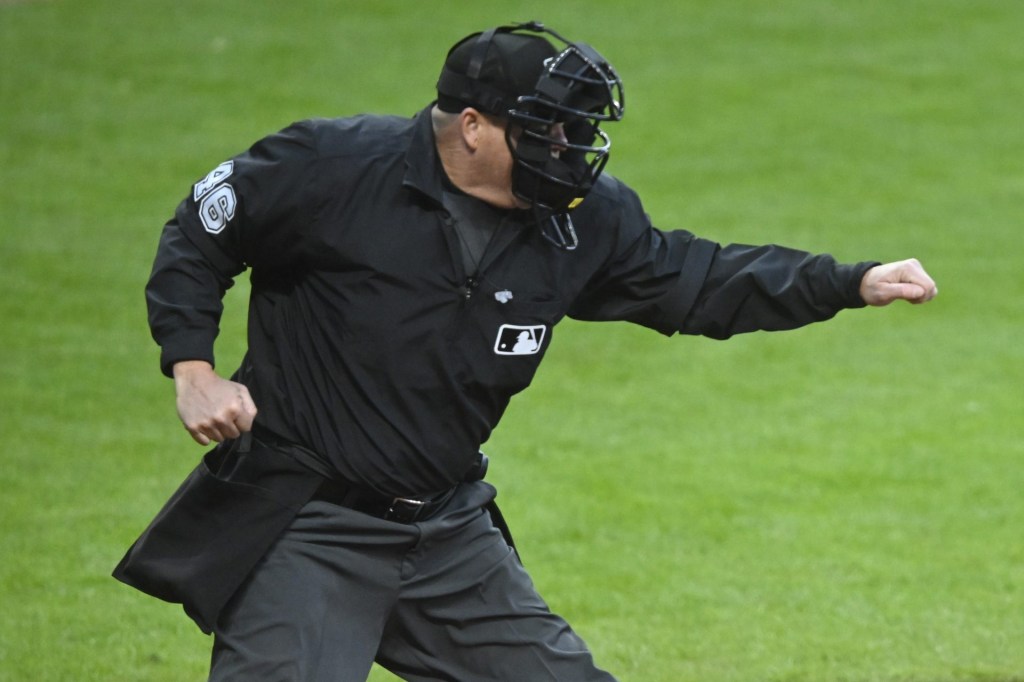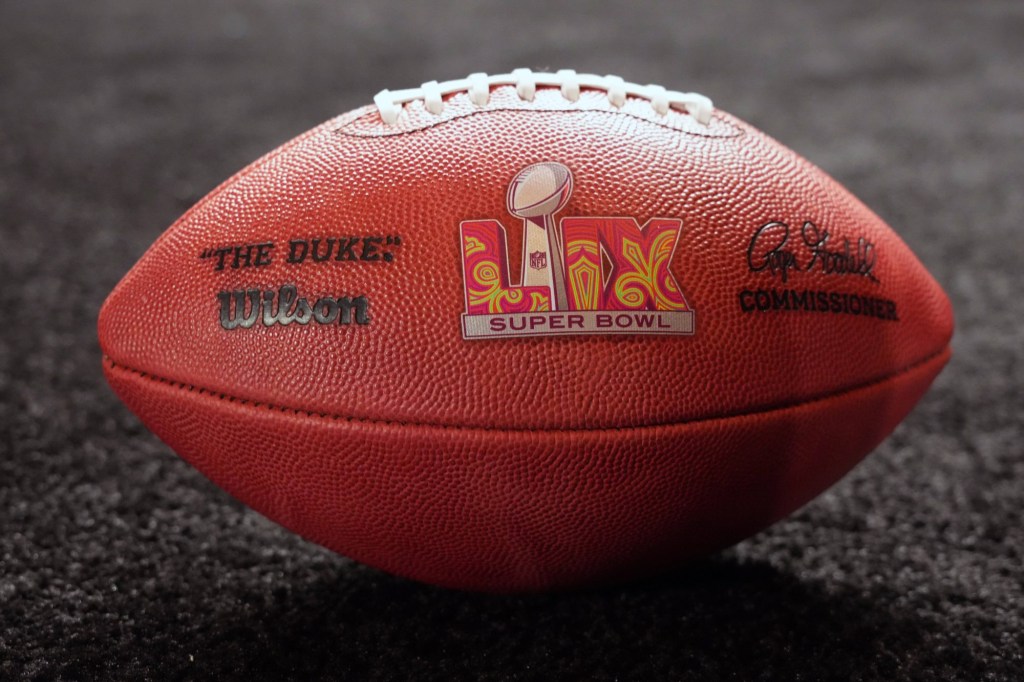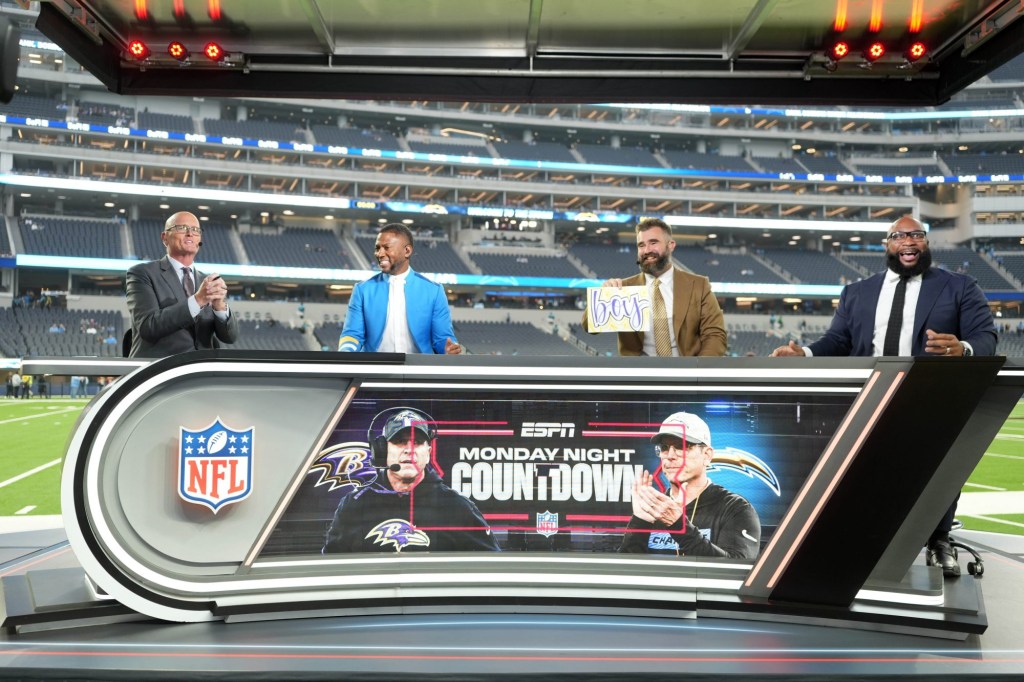By: Stefan Kollenberg, @stef_kberg

360° Video. Fan powered cameras. Pregame VR Experiences. What do these three things have in common? The NBA fan experience.
This year on the court has been one for the record books. The Warriors won 73, Curry drained 402, Kobe scored 60 in his final game, and LeBron became the youngest to score 25,000 points. While they dominated on the court, the business of basketball also had a big year.
How? They embraced technology. Everything about the fan experience is being revolutionized right before our eyes.
- Fans can control a fan cam mounted on the Jumbotron.
- VR Headsets take fans inside the game day experience.
- Smart arenas cater to every fan’s needs
The list goes on and on, but these three technological advancements are the next steps for creating the ultimate fan experience.
The Rip City Fan Cam
Portland, also known as Rip City, hosts some of the craziest fans in the league. The Blazers were supposed to be a team headed for the draft lottery, but instead ended up having one of the best seasons in franchise history. As a reward for the fans’ loyalty, the team decided to bring in fan cams for the playoffs.

Brizi, a Toronto based company, flew in and set up the cameras for the entire playoff run. On game day, the Brizi platform allowed fans to take control of a fan cam attached to the Jumbotron for 30 seconds to capture the perfect picture. Once taken, the picture was overlaid with a branded filter and could be shared to social media. It was a hit. Fans took over 2,000 pictures per game, which translated to 7,000+ actions taken and 220,000+ engagements.
Not only did this new, innovative technology help build an incredible fan experience, but it also provided authentic brand exposure and a new stream of sponsorship revenue for the Blazers.
The Cavaliers VR Experience
This time we head over to the east coast where Cleveland has been absolutely dominating their conference. Their starting lineup is essentially an all-star team, and their front office is using this to their advantage. They are experimenting with different kinds of fan engagement technology, such as VR.
https://www.youtube.com/watch?v=ROX0GkVuR74
Before their May 4th game against the Hawks, they launched multiple 360° videos of various game day experiences that would give fans an exclusive look at what was happening off the court. A few hundred lucky fans received Budweiser cardboard viewing headsets that they could use with their phones and the Cavs’ app. For the fans who weren’t able to get their hands on these headsets, the videos could still be watched, just without the immersive experience that the headset provided.
A very interesting aspect about what the Cavs did here is that they actually built their own computer to handle the rendering and stitching of the VR platform. Normally these computers cost a fortune, but with their in house tech team and some help from Yinzcam, their app developer, they got the job done.
The Kings Smart Arena
After looking at a few current playoff activations, my perspective now flips to the future. The Sacramento Kings have pulled out all the stops and are building a self-sufficient Goliath, set to be the most advanced stadium ever created. They are installing an 84 foot screen, 650 miles of fibre-optic cable, and hundreds of Wi-Fi access points throughout the building. Not only will these features make Golden 1 Center the most advanced stadium on the planet, but the arena is 100% powered by solar energy. They have placed solar panels on the roof and acquire the rest of their power from nearby solar farms.
But hold on, wasn’t Levy’s Stadium in Santa Clara supposed to be the most advanced stadium ever built? It was just 2 years ago that they were claiming this same title. With the ever changing tech environment, it is clear to see that there will always be a “next best thing.” Luckily for the Kings, one of their investors is Paul Jacobs, chairman of Qualcomm. He is always thinking of what is coming next and has worked alongside their VP of technology, Matt Eclavae, to ensure that the stadium stays up-to-date. By their calculations, the current network will be fine for another 10 to 20 years before it gets overwhelmed. Even at that point, they have left enough space for more cables to be added and upgraded, making it relevant for decades to come.
With all of this connectivity, they have created the ultimate playground for techies. Almost every aspect you can think of is being connected to the network and customized to fit the fan’s needs. They can create demand sensitive merchandise promotions, stream live video to fans who stepped out to go to the washroom or even guide someone through the arena.
There is so much more to this arena than I can capture in one article, but check out the video above to get a glimpse into what is to come.
What’s Next?
The NBA has jumped ahead of all the other leagues in terms of adoption of technology and they are fueling the evolution of an industry. The NFL, MLB and NHL are following their lead, but for now, the NBA is the league of the future.

















